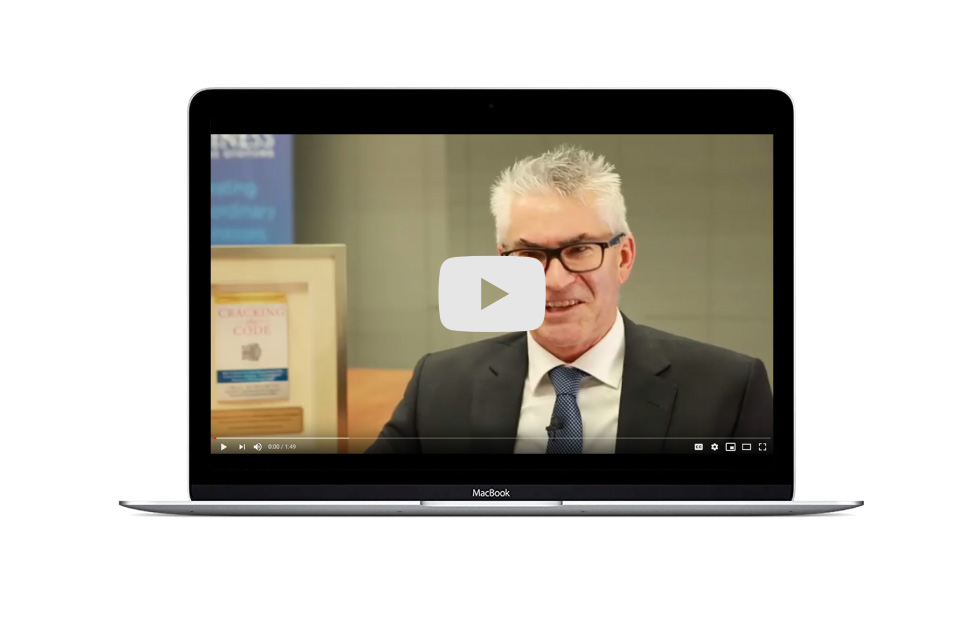How To Minimise Resistance In Selling Your Services
Posted by Greg Roworth on Sep 6, 2021

Sales resistance is a fact of life for most people selling professional services.
In any sales transaction we must negotiate 5 barriers. They can be real and permanent, which means no sale. Or they are merely perceptions the prospect currently entertains through lack of knowledge. How you address these perceptions can either lead to resistance or to satisfaction.
The 5 barriers are:
1. No need: the prospect is unaware of any problem and how your service may be of benefit.
2. No help: the prospect accepts the problem but does not see why your particular service is the best solution.
3. No hurry: the prospect is not aware of any urgency in solving the problem.
4. No trust: the prospect is not sure that you are the right person to deal with.
5. No money: the prospect is not capable of funding the purchase.
The key to eliminating sales resistance is to quickly identify whether these barriers are real and permanent or if they are only a temporary condition.
Selling is often made unnecessarily difficult by the method used by the salesperson, especially when they use a “push” selling model.
The traditional “push” method of selling actually increases resistance because it often does not recognize these barriers in the sales transaction. With the push approach, salespeople waste much time and effort either trying to make a sale where these barriers are permanent or by using methods which increase resistance when the barriers are temporary.
There is a better way – the pull (attraction) model.
The Attraction Model
With the pull or attraction model, there is very little need to “sell,” as selling is normally understood.
In the attraction approach, the focus is on the customer rather than what you are selling. This approach recognizes that no one is interested in your solution until they have identified a need. The main focus of your marketing should be to first highlight and identify needs, rather than inform about solutions or services you might offer. Most of the sales conversation is about the customer and their circumstances. Your job as a sales person is to identify a need, before you present your solution. You also view the customer as a long term client of your business, rather than a sales prospect who may buy today and never come back.
There are a number of clear steps in the attraction model which eliminate much of the resistance that the push approach suffers. The model looks like this:
- Identify a specific target market (your premium clients)
- Educate prospects with a specific need
- Build credibility and trust
- Fact finding diagnosis
- Recommendation and clarification
- Open ongoing relationship.
1. Rather than marketing to everyone, we gain permission to concentrate our marketing on the people who are most likely to buy – those who need our solution. It is more effective to break the sales process down into two distinct steps, lead generation and lead conversion. Our first aim in lead generation, is to eliminate non-qualified buyers from our attention. The push model tries to sell to everybody. This is expensive and wasteful. Lead generation focuses on finding prospects with a need and gets them to indicate they want to find a solution.
2. Our “lead generation” offer needs to educate the prospect about their problem or need and show how we solve the problem in a unique way. This approach means that prospects can find out more about a possible solution with very low commitment. This breaks down resistance. The valuable information you provide will also build credibility and help establish trust. It also eliminates prospects who do not have capacity to fund a purchase.
3. After attracting qualified premium leads, we can concentrate on helping them become clients. The fact-finding diagnosis is the critical element of this model. The temptation when someone responds to our lead generation advertising is to try to “sell” them. We need to resist this urge. We need to do some fact finding, some probing of their circumstances to find out the extent and exact nature of the client’s problem. Because of our focus on the client at this point, there is very little resistance. The client feels our genuine care to find the best solution for them. This attention to the client also builds credibility and trust. They don’t feel like they are “being sold.” They feel respected and cared for.
4. When the exact nature of the problem is identified, the salesperson, who is now regarded as a knowledgeable authority, is able to make a recommendation about the best solution. If you have done your marketing well, the solution will be your service.
5. Rather than objections, if the customer has any hesitation at this point, it is normally just in the area of needing clarification of something to do with the product or payment terms, warranties etc. These queries are not difficult to answer. All you need to do is restate the details and benefits relating to the query and check that the customer understands what that means. With the attraction model you don’t need 50 different closing techniques to trick the customer into saying yes. All you need do is to check that your customer agrees that the solution you have proposed is best for them.
6. In the attraction model, the focus is not on selling, or closing sales. The focus is on creating customers and opening a relationship that provides ongoing mutual benefits to both parties. This recognizes that a customer has a long term value to your business, both through the initial sale and from additional sales to that customer as well as from the referrals that satisfied customer provides.
Conclusion
Which sales model does your business use? If you are struggling, finding the market is resistant, why not develop a sales model based on the attraction approach. The attraction approach makes life easier for customers and salespeople, because it is a partnership approach rather than a confrontational approach. Sales resistance is minimized, you spend more time working with interested, motivated buyers than difficult customers. You make more sales in less time with less stress.

